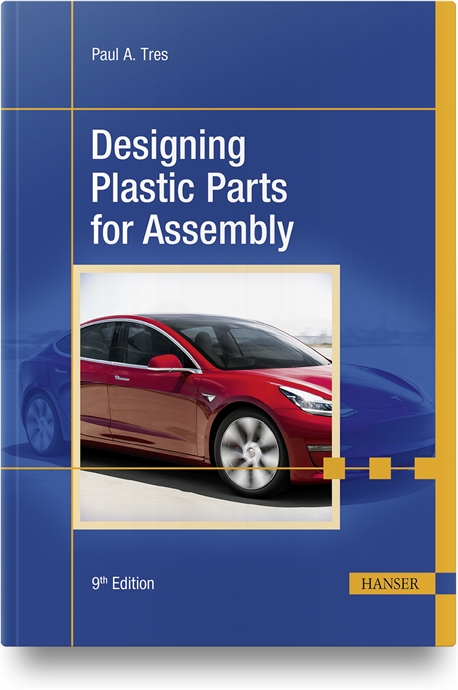In the past, resistance welding has been used to manufacture these components. However, resistance welding works better with cold-rolled steel than stainless steel, which is preferred for today’s high-end water-conserving washers.
"The resistance process is a mash seam process, so you end up with a fairly wide band where the edges are mashed down together," says Ron Derdowski, Newcor’s chief technical engineer. "Through planishing, we get the seam down to under 10 percent of the parent metal thickness, but it is still obviously a seam. With plasma welding, the two edges are butted up, rather than overlapped, and then filled in. You don’t have that 1/8-inch-wide seam."
This process has both aesthetic and practical advantages. In terms of appearance, there is no evident seam to minimize through grinding. In practical terms, the plasma weld lends itself to such operations as spin-forming and hemming.


